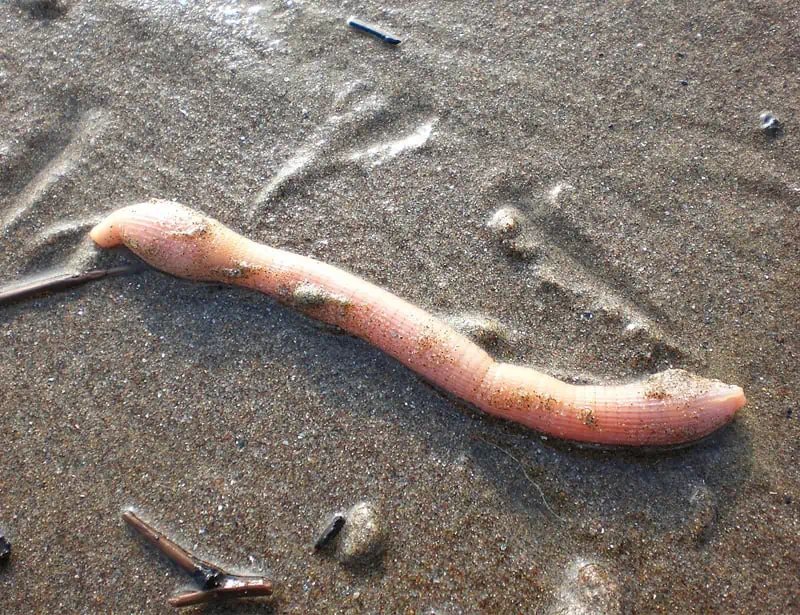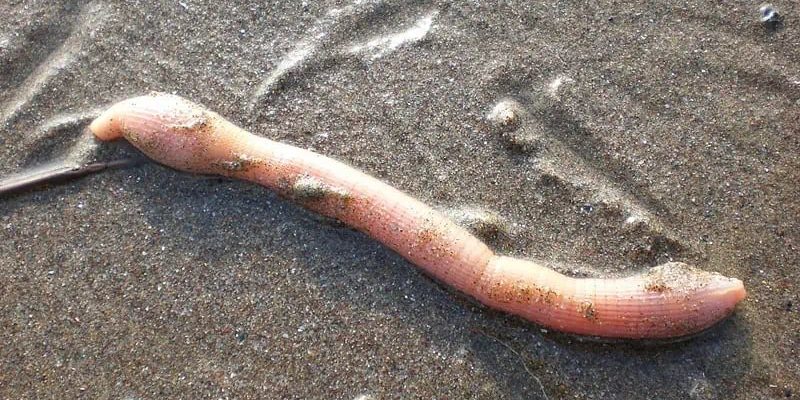
Now, imagine diving into the sandy seabed, where peanut worms wriggle through their burrows, alongside other worm species like polychaetes and oligochaetes. Each of these worms plays a unique role in their habitat, and comparing them can reveal some astonishing details about marine ecology. If you’re wondering what makes peanut worms special compared to their wormy cousins, you’re in the right place. Let’s explore this underwater world together, focusing on what sets peanut worms apart and how they fit in with other worm species.
Overview of Peanut Worms
Peanut worms are named for their distinct shape, resembling—you guessed it—a peanut! These critters are typically found in shallow marine environments, nestled within their sandy or muddy burrows. Unlike other worms, peanut worms don’t have segments, which sets them apart in their worm family tree. Instead, they feature a smooth, tubular body with a retractable, peanut-like crown at one end, filled with tentacle-like structures.
One of their most charming features is their ability to extend and retract this crown. When they’re not busy feeding on plankton or organic debris, they can fold it back into their body, kind of like a plant closing up at night. This unique behavior not only helps them protect themselves from predators but also makes them adaptable to their surroundings. It’s a clever survival tactic in the competitive underwater world!
Habitat and Distribution
Peanut worms thrived across a broad range of marine habitats. You’ll find them burrowing into sandy, muddy substrates in shallow waters, often at depths of up to 50 meters. They’re particularly abundant in coastal areas, where nutrient availability is high. This preference for nutrient-rich environments allows peanut worms to play a crucial role in nutrient cycling, helping to break down organic matter and promote healthy ecosystems.
In contrast, other worm species like polychaetes might prefer more varied environments. Many polychaetes thrive in rocky crevices or coral reefs, showcasing diverse adaptations to their specific habitats. This difference highlights how various worm species have evolved to fit into their niches, ensuring they each have a role to play in the marine ecosystem.
Comparing to Polychaete Worms
Polychaete worms are among the most diverse and abundant marine worms, easily recognizable thanks to their segmented bodies and bristly appendages called chaetae. Unlike peanut worms, polychaetes exhibit a segmented structure, which allows for greater mobility and flexibility. You might picture a polychaete wriggling swiftly through the water, using its chaetae to gain traction.
One major difference between the two types is their feeding strategies. While peanut worms filter-feed on tiny particles in the water, polychaetes often use a more active approach. Some are predators, hunting for small crustaceans or other invertebrates, while others graze on organic matter. This variety in feeding methods means that polychaete worms can thrive in a wider range of environments, from the deep sea to shallow coastal waters.
Oligochaete Worms: A Different Kind of Comparison
Oligochaetes, which include earthworms, are another fascinating group to compare with peanut worms. Unlike peanut worms and polychaetes, oligochaetes typically live in freshwater or damp terrestrial environments. However, some marine oligochaetes exist, often found in sediment-rich coastal areas.
The most notable difference lies in their anatomy and lifestyle. Oligochaetes have a segmented body, similar to polychaetes, but usually lack the vibrant chaetae. They primarily feed on decomposing plant and animal material, playing a vital role in nutrient recycling in their ecosystems. This connection to soil health makes them essential for terrestrial environments, while peanut worms remain key players in the ocean’s nutrient cycles.
Survival Strategies
When it comes down to survival, peanut worms have some nifty tricks up their sleeves. As mentioned, they can retract their peanut-like crown when threatened, and they often dwell in deep, burrow-like habitats, where they enjoy a degree of protection from predators. This behavior is crucial for their survival and showcases their adaptability in a challenging environment.
In contrast, polychaetes often rely on speed and agility to escape danger. With their segmented bodies and mobility, they can dart away from predators or quickly bury themselves in sand. Each worm’s unique approach to survival reflects the dynamic nature of their habitats and the evolutionary paths they’ve taken.
Ecological Importance of Worms
The roles of peanut worms, polychaetes, and oligochaetes are vital for their ecosystems. Peanut worms contribute to nutrient cycling as they break down organic matter, helping to create a healthier marine environment. Their burrowing activities also help aerate the sediment, promoting a vibrant community of microorganisms that are essential for overall ecosystem health.
Polychaetes, with their diverse feeding strategies, can control the population of other marine organisms and contribute to sediment turnover. This balance helps maintain a stable marine environment, ensuring that different species can thrive.
Oligochaetes, particularly in terrestrial ecosystems, contribute to soil structure and fertility. Their feeding habits enhance soil quality, making them indispensable for agriculture and natural habitats alike. Each worm family plays a role that echoes throughout the ecosystem, proving that even the tiniest creatures can have a significant impact.
Final Thoughts on Worm Comparisons
Diving into the world of peanut worms and their relatives opens a window to understanding marine ecosystems. Each type of worm—whether it’s the peanut worm, polychaete, or oligochaete—offers unique characteristics and survival strategies that reflect their adaptability to different environments. By learning about these creatures, you gain a greater appreciation for the complex web of life beneath the waves.
As we continue to explore ocean life, remember that even the smallest organisms contribute to the health of our ecosystems. So, the next time you think about marine creatures, take a moment to consider the hidden world of worms working tirelessly beneath the surface. They might just be the unsung heroes of the ocean!

